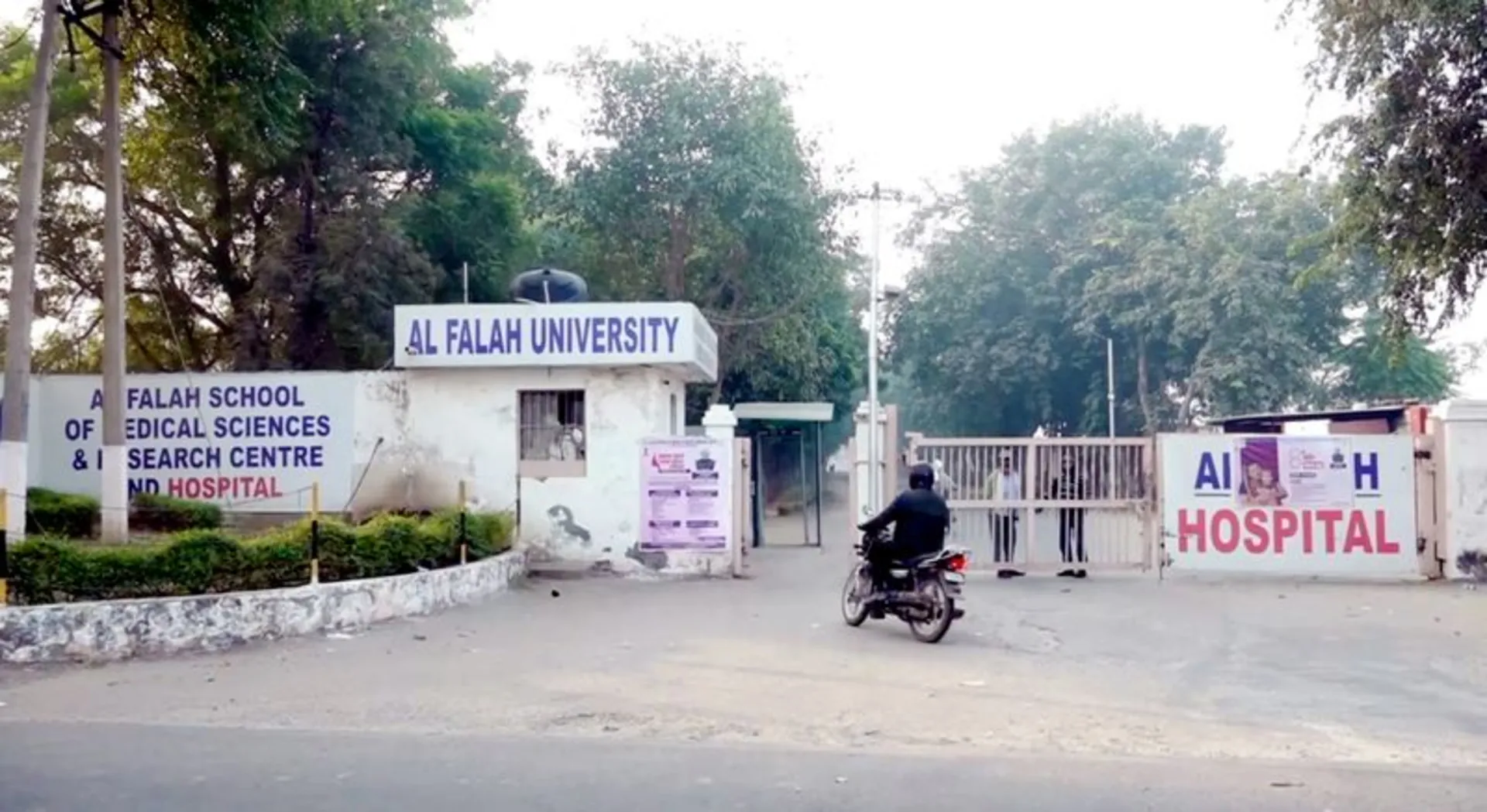
In a major green achievement, Haryana witnessed 95% less paddy stubble burning cases than in the corresponding period last year, official data seen at an inter-ministerial meeting presided over by Chief Secretary Anurag Rastogi.
According to the Indian Council of Agricultural Research (ICAR), the state had just seven active fire points as of October 6, 2025, compared to 150 cases in the same period of 2024. The officials credited this success to a combination of tough enforcement, farmer participation, and technological surveillance.
Nodal officers provide monitoring at the grass root level
9,036 nodal officers have been deployed in Haryana to effectively curb stubble burning—well above the targeted strength of 8,494. Every officer is responsible for 50 farmers in high-risk areas and 100 otherwise. Nodal officers are trained using a special mobile app that enables them to monitor crop residue management (CRM), track usage of farm machinery, and report fire events in real-time.
Strict enforcement and swift action
Authorities stated that among the seven reported fire cases, three cases have already faced enforcement action, including challans, FIRs, and red entries in land records. Significantly, two of the incidents were categorized as non-agricultural fires—one due to garbage in Faridabad and the other due to industrial waste in Sonepat.
Machinery distribution and CRM adoption
The drive by Haryana for green residue management too has picked up momentum. Close to 90% of the machinery identification for CRM is done, with 51,526 machines found to be functional. The purchase of new machines also has a 94.74% rate of completion—of 14,088 chosen via lottery system, 8,213 download of permits and 7,781 upload of bills have been achieved.
Districts like Faridabad, Jhajjar, and Rohtak have been among the best performers, each having achieved over 98% completion in the supply of machinery.
Chief Secretary Rastogi lauded the inter-departmental coordination and said the outcome was a result of "effective monitoring, collective responsibility, and active farmer participation." Officials said that the project not only curbed farm fires but also improved air quality and encouraged sustainable agriculture practices throughout Haryana.














